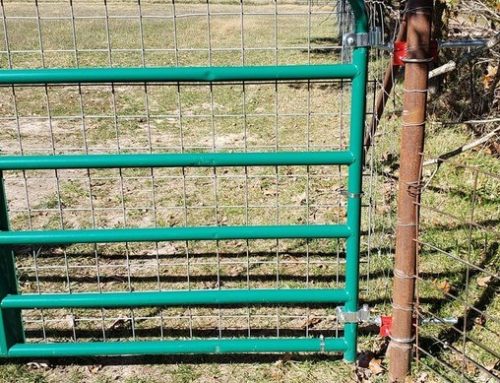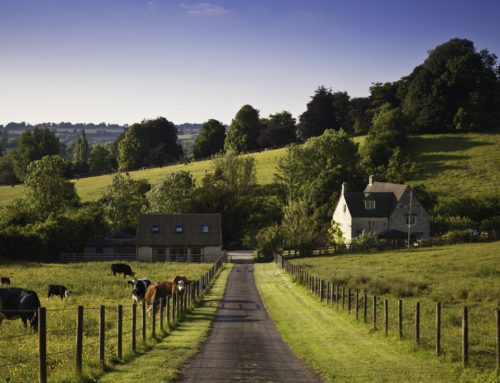This is my second summer buying, breeding and flipping yearling heifers in New York. I use two-day moves and high density grazing to get good animal performance and pasture utilization.
My success of depends on my herd respecting a single electric wire. To make sure they have that respect, I’ve made some adjustments to my fencing. Here’s what I’ve learned.
Choose Heifers Trained to a Single-Wire
Most of the heifers I buy are already trained to a single polywire upon arrival at my farm. This prevents most containment issues before they happen. The best yearlings for a single-wire grazing program are ones born in a single-wire cowherd. Don’t set yourself up for escapes by buying cattle that have never seen a single wire before. I did buy a group this year that were raised on a three-wire perimeter only, but their extremely docile temperament made me confident that they would train well.
Acclimate New Animals to the Herd and the Fence
I don’t recommend delivering new arrivals into polywire, unless they are unloaded directly into an existing trained herd. Even then, it is probably better to put them in a hard-sided corral for a day or two, until they get over the trucking stress and acclimate to their new home. Keeping them isolated from your other cattle for a few days also allows you to detect and treat potential health problems. If your cattle are not already trained to electric fence, this is a good time to introduce them. (Check out Don Ashford’s technique here.)
I turn out from my corral into a 2-strand offset paddock, that looks like this.
via Offset Fencing – An Option for Keeping Wily Animals in Pastures — On Pasture




